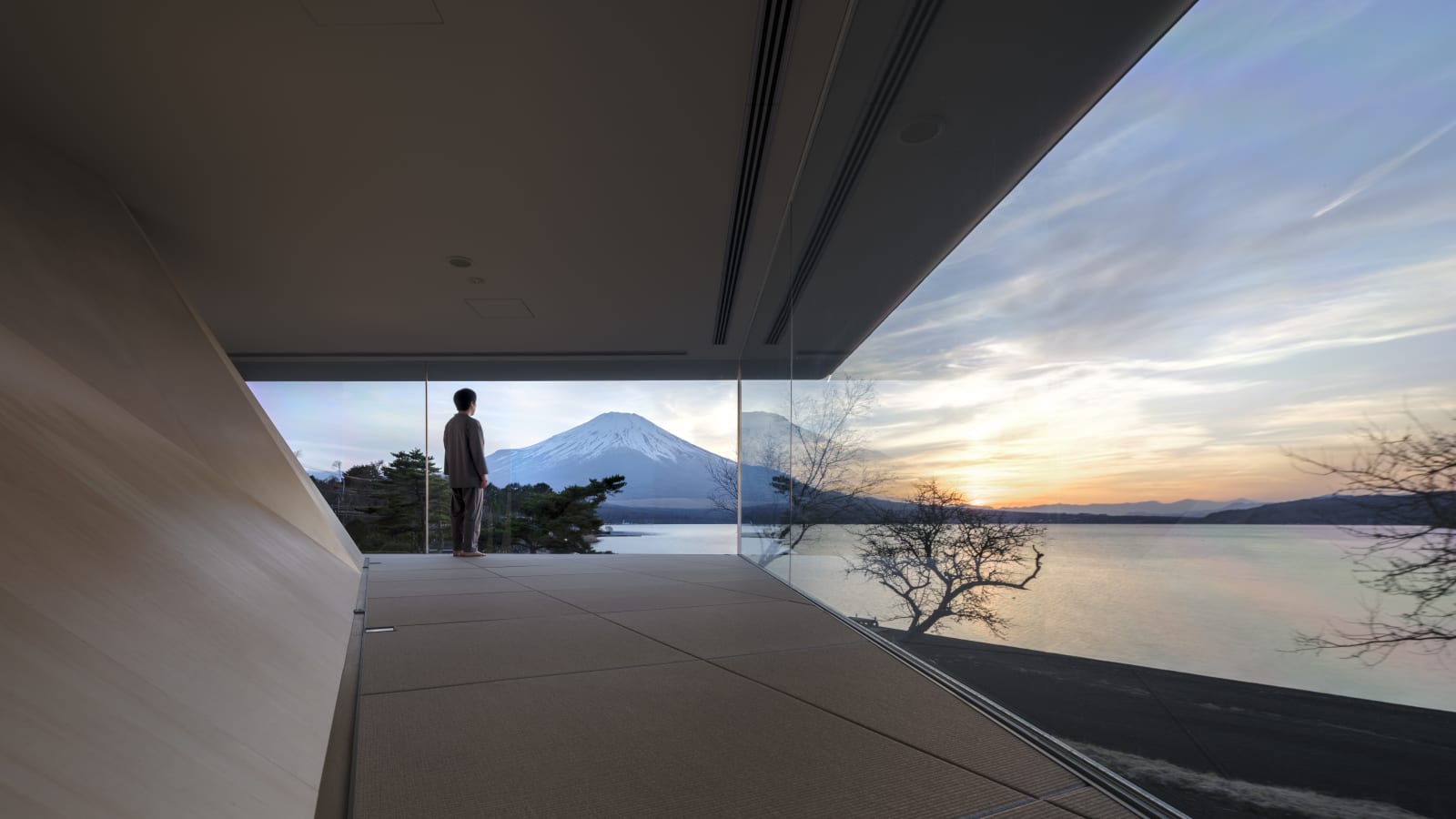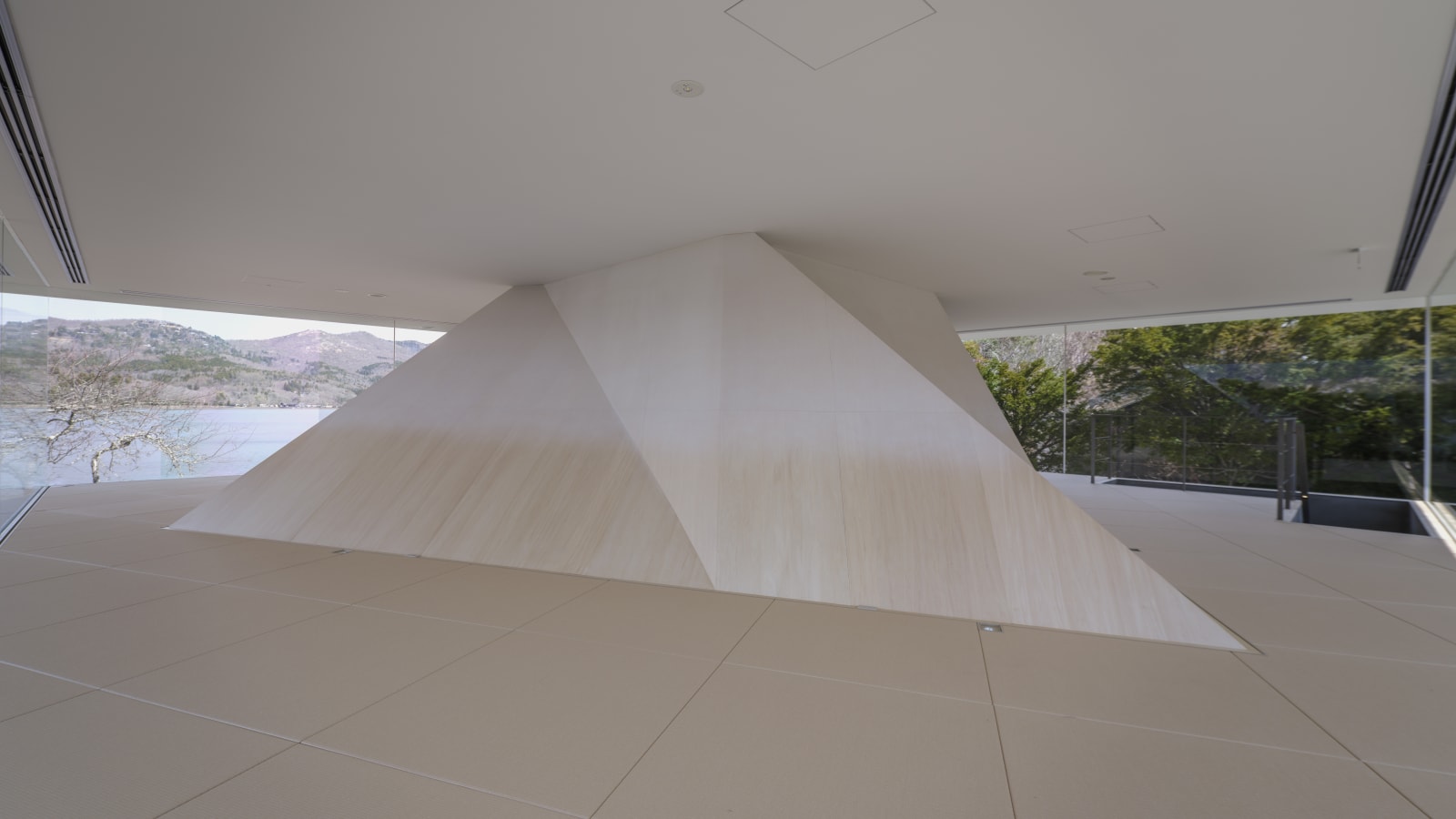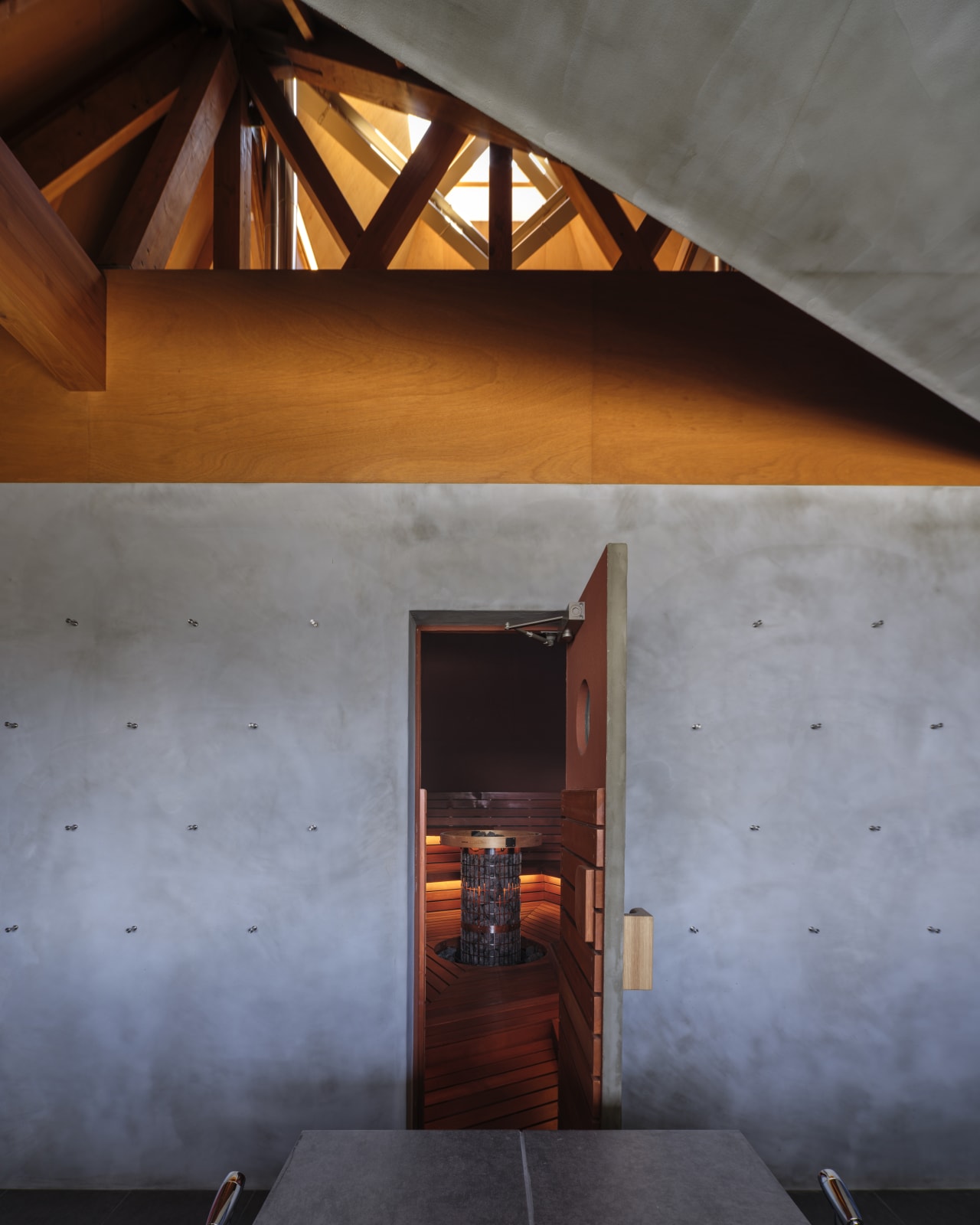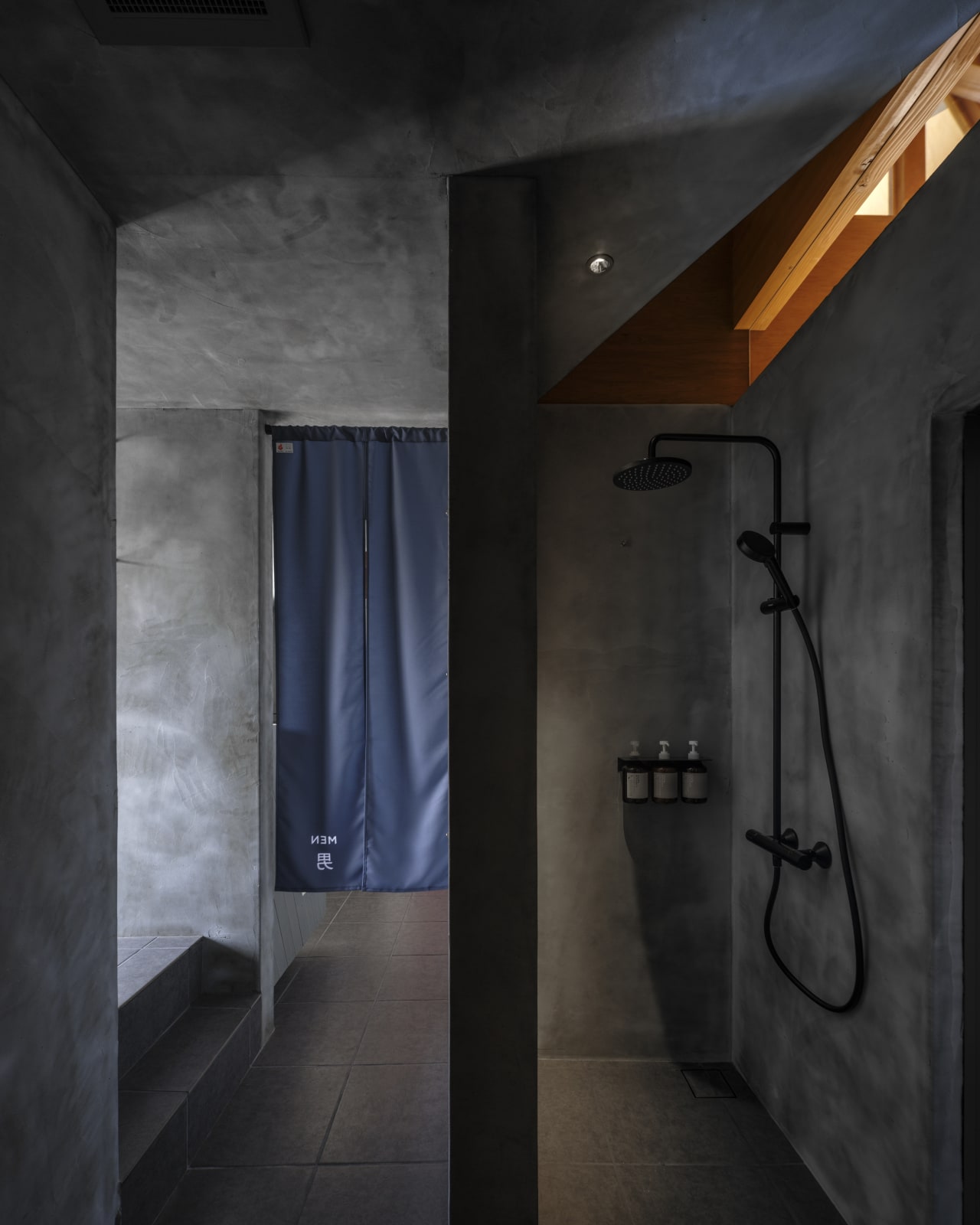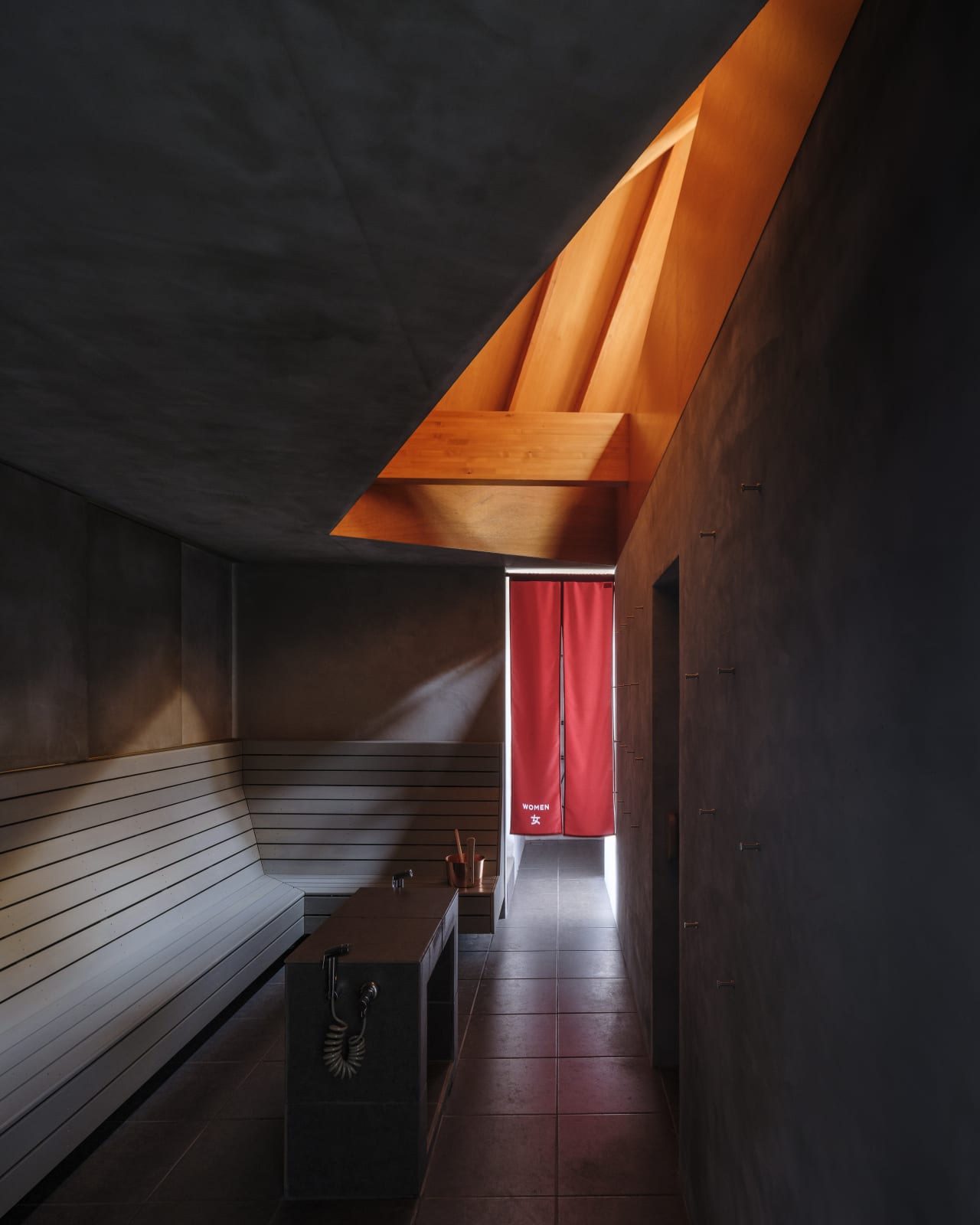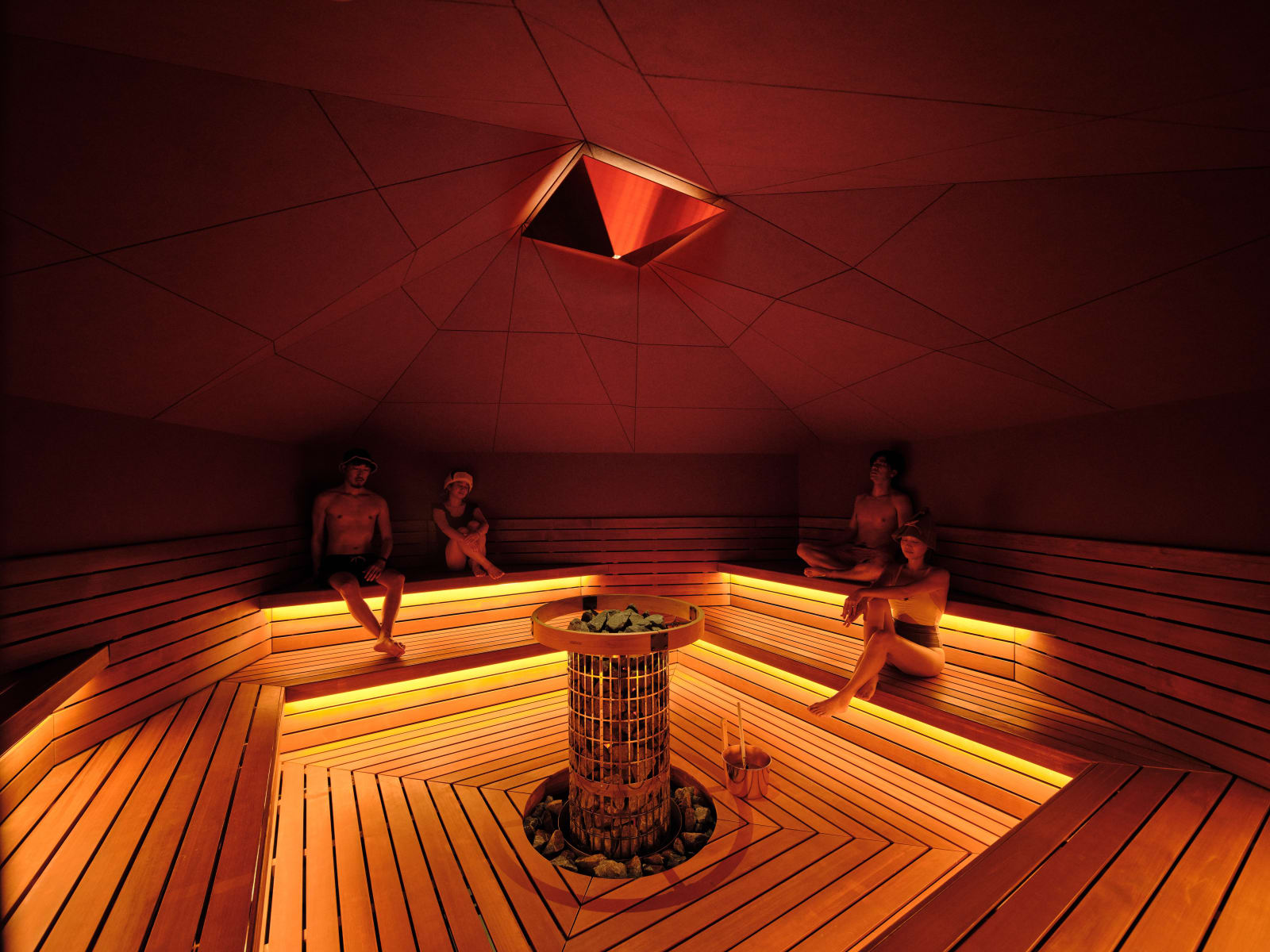-
Artworks












CYCL / Japan
YU Momoeda Architects / JapanFurther images
-
(View a larger image of thumbnail 1
)

-
(View a larger image of thumbnail 2
)

-
(View a larger image of thumbnail 3
)
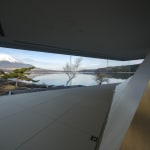
-
(View a larger image of thumbnail 4
)

-
(View a larger image of thumbnail 5
)

-
(View a larger image of thumbnail 6
)

-
(View a larger image of thumbnail 7
)

-
(View a larger image of thumbnail 8
)
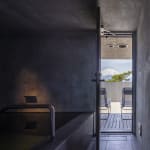
-
(View a larger image of thumbnail 9
)

-
(View a larger image of thumbnail 10
)
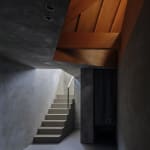
-
(View a larger image of thumbnail 11
)

-
(View a larger image of thumbnail 12
)

DFA Design for Asia Awards 2024 l Grand Award
RHYTHM OF MOUNTAIN
In Japanese culture, the sauna holds a unique place as both a space for personal relaxation and social interaction. Drawing from the country’s rich tradition of onsen (hot springs), the sauna serves as a communal gathering point, where individuals can cleanse the body while calming the mind. This project in Yamanakako Village, situated in view of iconic Mount Fuji, reinterprets those values with a design that celebrates both the serenity of nature and the collective experience of sauna culture.
Inside Out
Architecturally, the structure balances key concepts of ‘concentration’ and ‘release’. The ground floor, symbolising ‘inside the mountain’, is a calming enclosed space where visitors are enveloped in silence while experiencing the sauna’s warmth, with light and fresh air from strategically placed skylights and vents. This enclosed area fosters introspection, drawing inspiration from the surrounding mountain landscape.
Ascending to the first floor, visitors transition to a column-free platform that represents ‘outside the mountain’, offering an unobstructed view of Mount Fuji and Lake Yamanaka. Here, visitors experience a sense of liberation, standing under a roof reminiscent of the region’s famed cap clouds over Mount Fuji, further deepening the connection to the landscape. This dual experience – moving from the warmth and enclosure of the sauna to the cool, expansive outdoors – mirrors the natural rhythm of the site.
Sustainability and Inclusivity
Sustainability also plays a central role, with the design using locally sourced timber and a hybrid steel structure to minimise its environmental footprint, all while conforming to strict ‘Natural Parks Law’ regulations. Skylights within the mountains allow natural light to flood the enclosed spaces, while ventilation systems maximise airflow and energy efficiency.
The sauna’s social dimension, where men and women can gather while wearing swimsuits, challenges the gender norms typically associated with Japanese bathhouses. This progressive element, combined with architectural brilliance, sets a new standard for how public spaces can foster community, sustainability and connection to nature.
1of 95 -
(View a larger image of thumbnail 1
)

